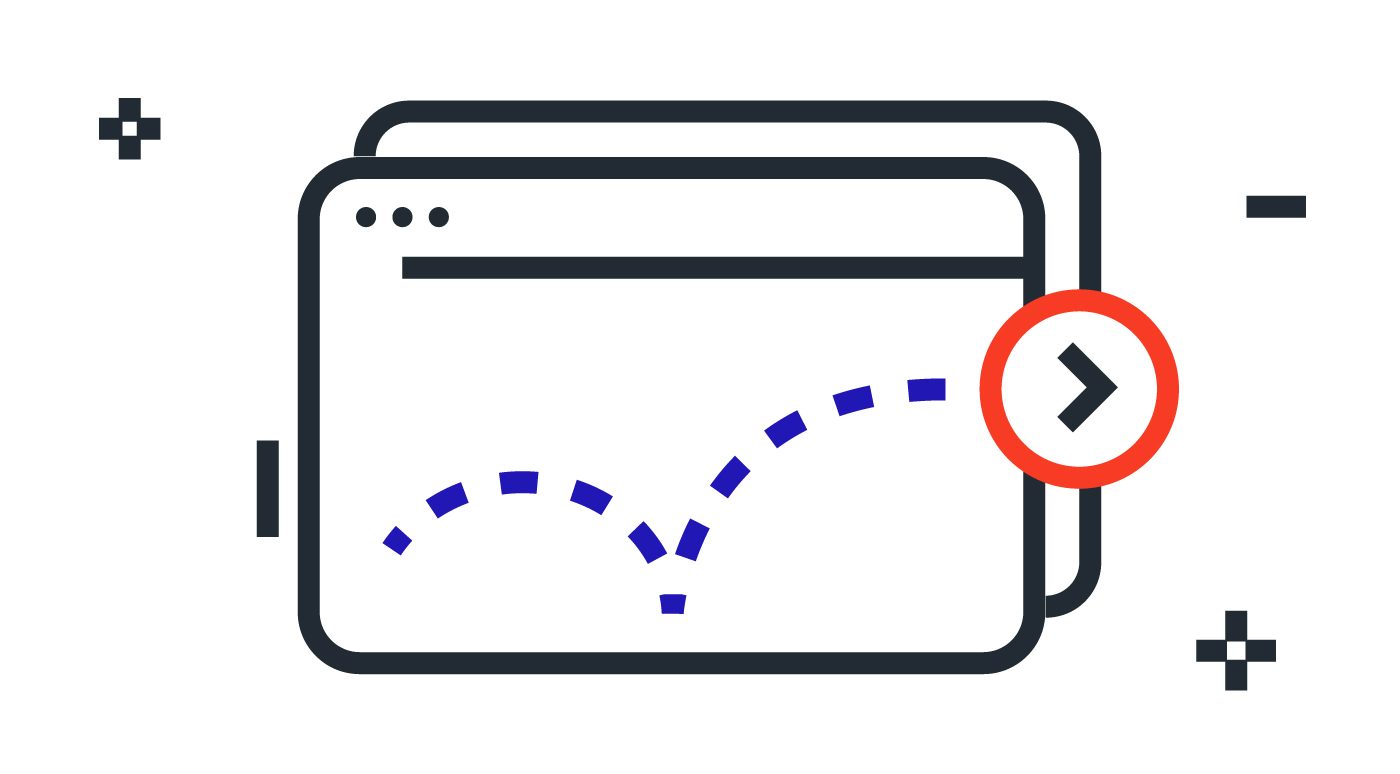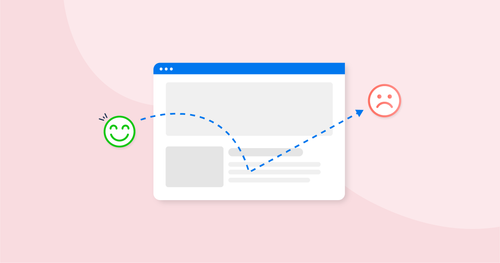As a website owner or digital marketer, you've likely heard the term ""bounce rate"" thrown around quite a bit. But what exactly is bounce rate, and what is considered a good bounce rate for your industry? In this comprehensive guide, we'll answer all of your questions about industry standard bounce rate and provide you with the information you need to optimize your website's performance.
What is Bounce Rate?

Bounce rate is a metric that measures the percentage of visitors who leave your website after viewing only one page. In other words, they ""bounce"" off your site without interacting with any other pages or content. Bounce rate is calculated by dividing the number of single-page sessions by the total number of sessions on your website.
For example, if your website had 1,000 sessions in a given period and 400 of those sessions resulted in a bounce, your bounce rate would be 40%.
Why is Bounce Rate Important?
Bounce rate is an important metric because it can indicate issues with your website's user experience or content. A high bounce rate may suggest that visitors are not finding what they're looking for on your site, or that your site is difficult to navigate or use.
On the other hand, a low bounce rate can indicate that visitors are engaged with your content and are exploring multiple pages on your site. This can be a sign of a positive user experience and can lead to increased conversions and revenue.
What is Considered a Good Bounce Rate?

The industry standard bounce rate varies depending on the type of website and the industry it operates in. For example, a blog or news website may have a higher bounce rate than an e-commerce site, as visitors may come to read a specific article and then leave.
According to a study by Contentsquare, the average bounce rate across all industries is 41%. However, this number can vary widely depending on the industry. For example, the average bounce rate for the travel industry is 45%, while the average for the finance industry is 33%.
It's important to note that there is no one ""good"" bounce rate that applies to all websites. Instead, you should aim to achieve a bounce rate that is lower than the industry average for your specific type of website.
How Can You Improve Your Bounce Rate?
If you're looking to improve your website's bounce rate, there are several strategies you can try:
1. Improve Your Website's User Experience
One of the most common reasons visitors bounce off a website is because of a poor user experience. This can include slow loading times, confusing navigation, or a lack of mobile optimization. By improving your website's user experience, you can make it more appealing and easier to use, which can lead to a lower bounce rate.
2. Create Engaging Content
Visitors are more likely to stay on your website if they find your content engaging and informative. Make sure your website's content is high-quality, relevant, and easy to read. Use images, videos, and other multimedia to make your content more engaging and visually appealing.
3. Optimize Your Website for Search Engines
If visitors can't find your website through search engines, they're unlikely to stay on your site for long. Make sure your website is optimized for search engines by using relevant keywords, creating high-quality content, and building backlinks from other reputable websites.
4. Use Clear Calls-to-Action
If you want visitors to explore multiple pages on your website, you need to give them a reason to do so. Use clear calls-to-action (CTAs) throughout your website to encourage visitors to click through to other pages or take specific actions, such as signing up for a newsletter or making a purchase.
Conclusion
Bounce rate is an important metric that can provide valuable insights into your website's performance. By understanding industry standard bounce rate and implementing strategies to improve your website's user experience, content, and search engine optimization, you can lower your bounce rate and increase engagement and conversions.
Frequently Asked Questions
What is a good bounce rate for a website?
The industry standard bounce rate varies depending on the type of website and the industry it operates in. However, as a general rule, you should aim to achieve a bounce rate that is lower than the industry average for your specific type of website.
What causes a high bounce rate?
A high bounce rate can be caused by a variety of factors, including a poor user experience, irrelevant or low-quality content, slow loading times, or a lack of mobile optimization.
How can I improve my website's bounce rate?
To improve your website's bounce rate, you can try strategies such as improving your website's user experience, creating engaging content, optimizing your website for search engines, and using clear calls-to-action throughout your site."



